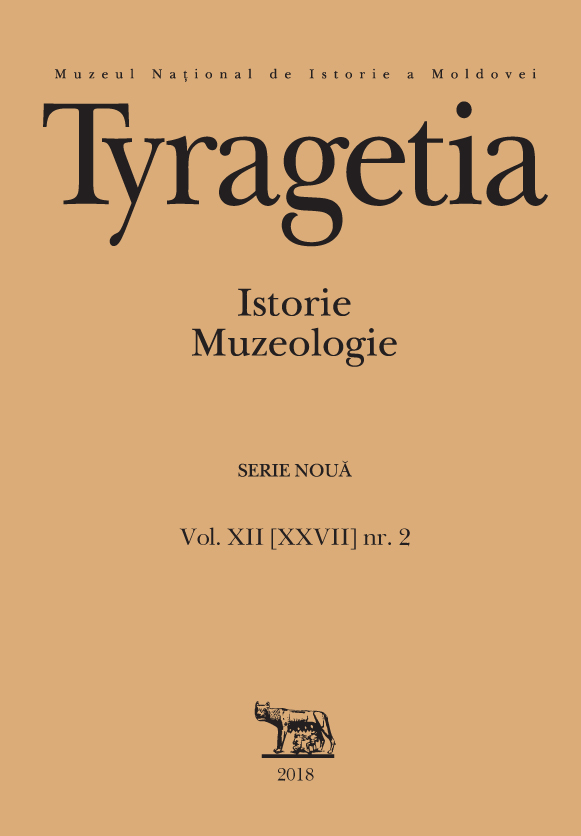The proskynetarion icon in the private collection
The proskynetarion icon in the private collection
Author(s): Marko KatićSubject(s): Cultural history
Published by: Muzeul Naţional de Istorie a Moldovei
Keywords: proskynetarion; Jerusalem; pilgrimage; Holy Sepulcher; represetation;
Summary/Abstract: This paper discusses the proskynetarion in a private collection. It belongs to a type of icons that were brought by pilgrims to the Holy Land. They were dated between the early 17th to the early 20th centuries. Such icons have also been preserved in both the Romanian and Moldovan areas. The icon was dated from 1818-1819, and was brought to pilgrim Petar from Pirot, a city in the southern Serbia. The icon is characterized by strong colors, primarily blue and red, as well as abundant use of gold. It is conceived as threpartite. The central part had the main representation of The Church of the Holy Sepulcher in Jerusalem. It featured architectural details made in the rebuilding after the 1808 fire. Other representations in this section were individual biblical events and legends believed to have happend in the Holy Land. On the left part was the representation of Eleusa tou Kikko, and on the right Christ Elkomenos. Both are representations of icons honored in Palestine in the early 19th century. They were surrounded by smaller scenes related to the cult of the Virgin and Christ. On the whole, the icon can be described as the topographic representation of the Holy Land. It was also a typical representative of the iconography of the Syrian-Palestinian region of this period, which united the features of Western painting and the Eastern iconography. These icons are numerous, but they are not widely known, and their study is still at the beginning.
Journal: Tyragetia (Serie Nouă)
- Issue Year: XII/2018
- Issue No: 2
- Page Range: 235-248
- Page Count: 14
- Language: English

